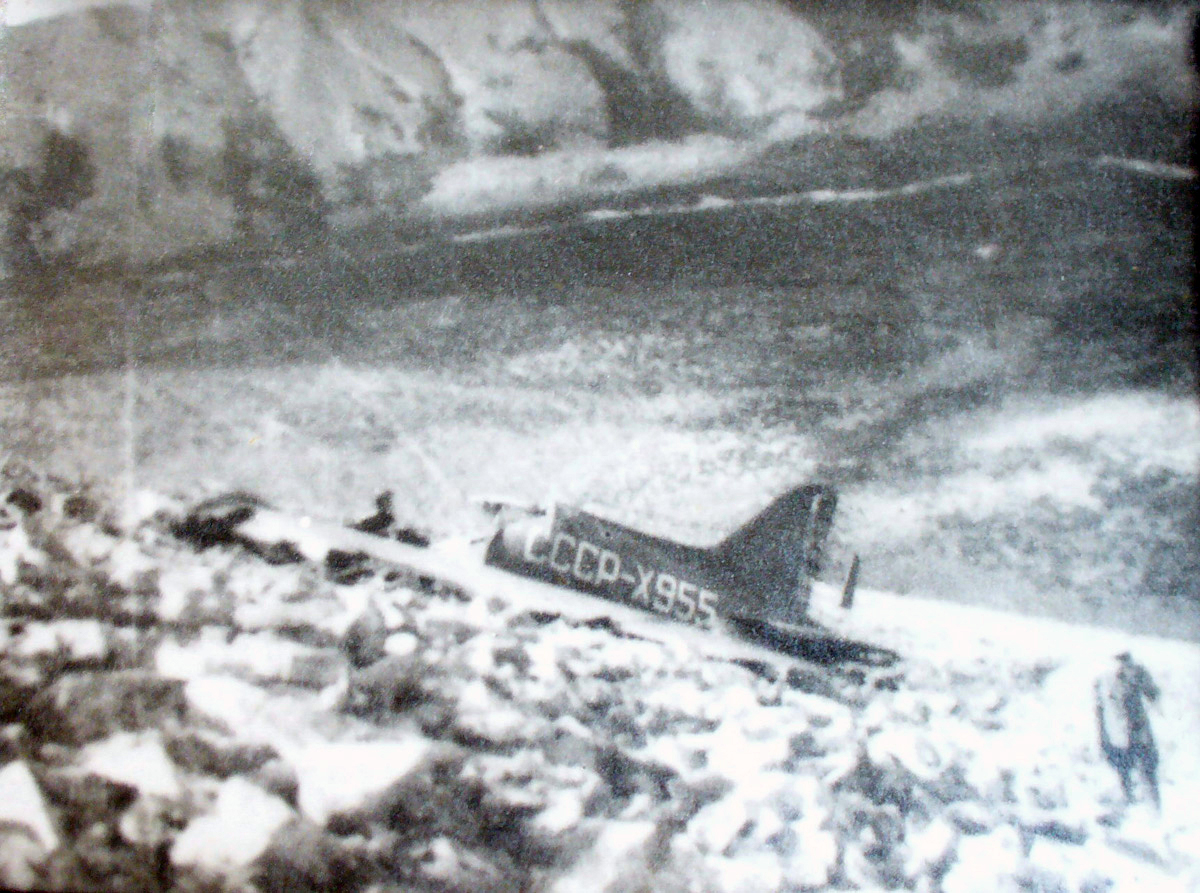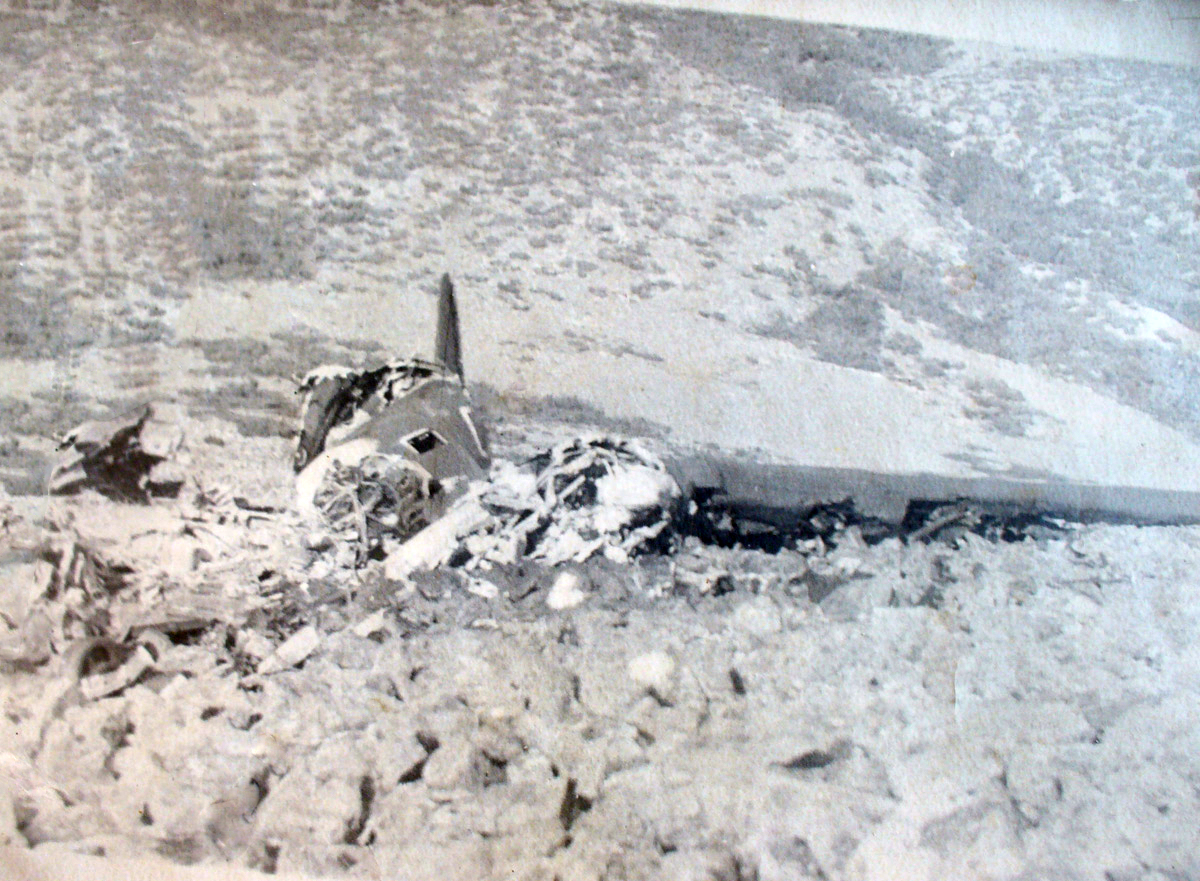Crash of a Douglas C-47B-45-DK in Turukhansk: 2 killed
Date & Time:
Nov 9, 1950 at 1623 LT
Registration:
CCCP-L1098
Survivors:
Yes
Schedule:
Krasnoyarsk – Turukhansk – Dudinka
MSN:
16974/34235
YOM:
1945
Crew on board:
4
Crew fatalities:
Pax on board:
8
Pax fatalities:
Other fatalities:
Total fatalities:
2
Aircraft flight hours:
3858
Circumstances:
While approaching Dudinka Airport, the visibility was below minima and the crew decided to return to Turukhansk Airport. The approach was performed in severe icing conditions. On final, when the landing gear were lowered, the aircraft stalled and crashed in a field located 2 km short of runway. Two passengers were killed while all ten other occupants were rescued.
Probable cause:
It appears that the final approach was completed in severe icing conditions and that the approach speed was insufficient, which caused the aircraft to stall when the undercarriages were lowered.








